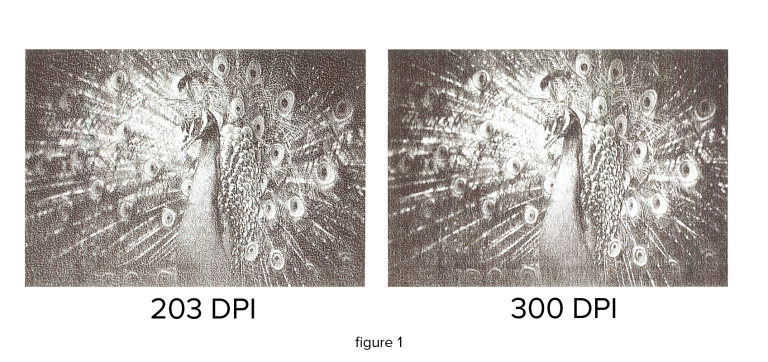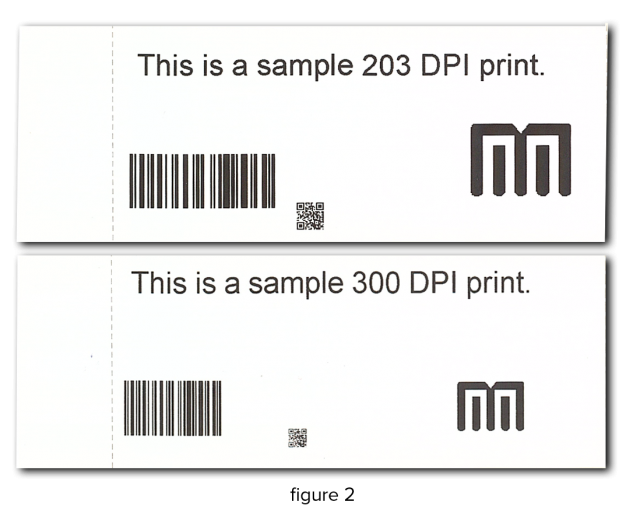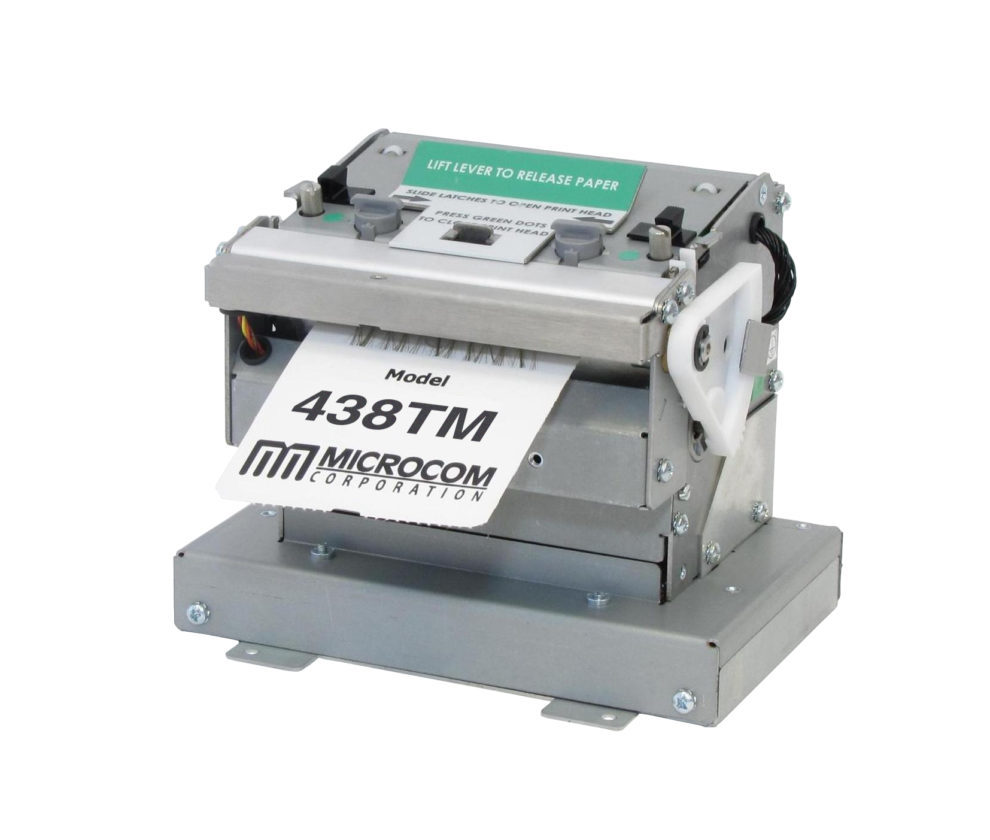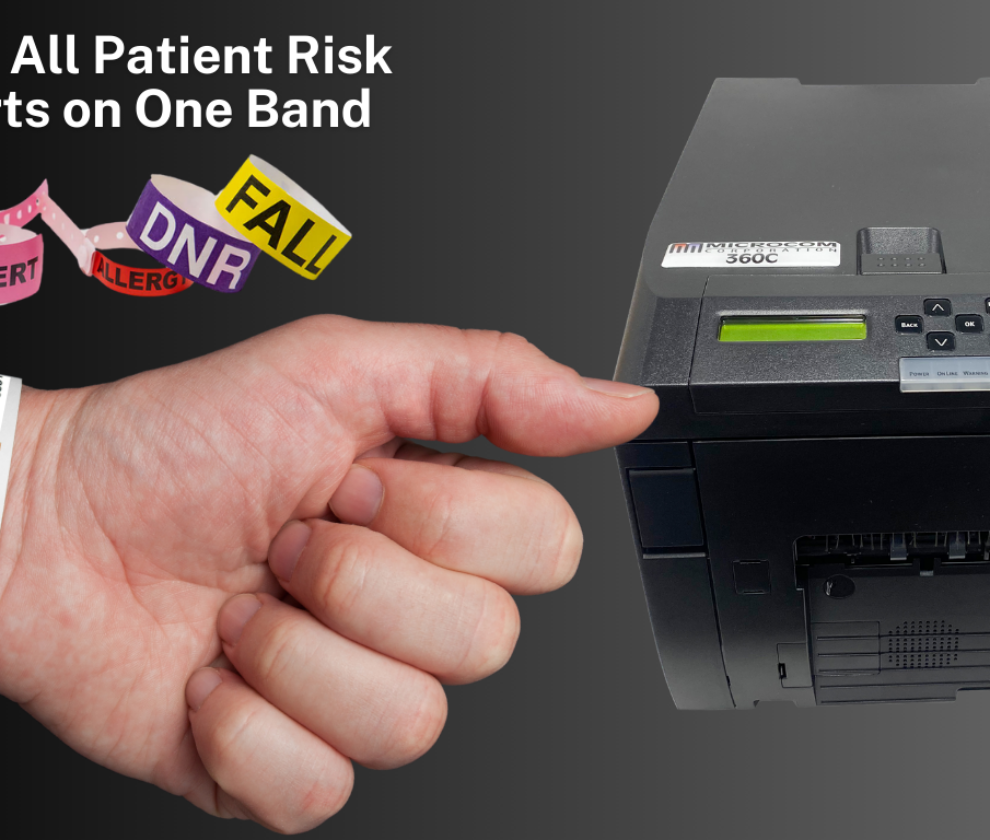203 V 300 DPI: An Updated Guide
LEWIS CENTER, OH – June 26, 2021 – While the decision to go thermal is easy, determining which printer configuration to choose isn’t. When selecting the right printer for an application, many run into a laundry list of different feature options available for the product. One feature that greatly affects print quality is print resolution. The common measurement for print resolution is DPI, or “dots per inch”. Typically most thermal print heads come in either 203 or 300 DPI, with 600 DPI used in specialty applications.
So which print resolution is best for you?
It depends on what you are printing; different industries may hold different standards for print quality. For barcodes, the difference between a 203 or 300 DPI print-out is minimal. 203 DPI is suitable if the size of the barcode is detailed enough to be reliably decoded by the intended scanner. In addition, 203 DPI will print faster and provides an acceptable image for most applications. 300 DPI is recommended when your application calls for enhanced print quality such as small fonts, intricate barcodes, graphics, and photos. If you refer to figure 1, the peacock is recognizable in both pictures, but the 300 DPI image is more clearly defined. The third print head option, 600 DPI, may be considered for high “photo quality” graphics and unusually small font point sizes.

An important benefit of 300 DPI.
Moving past image quality differences between 203 and 300 DPI, there is another, more relevant reason for our industry to invest in a higher resolution print head. A 300 DPI print head allows more information to fit into a smaller barcode – simply put, you can print a smaller barcode containing the same amount of data. If you refer to figure 2, you can see that the smallest readable QR code in 300 DPI is approximately 50 percent smaller than the smallest readable QR code in 203 DPI. This is especially helpful for the ticketing industry, where a lot of information is put onto a ticket and the barcodes (2D barcodes, high density barcodes, etc.) still need to be read at the smallest of sizes. Ultimately, the smaller the print, the higher DPI print head you should choose.

“Ultimately, the smaller the print, the higher DPI print head you should choose”
– David M. Dezse, President and CEO










